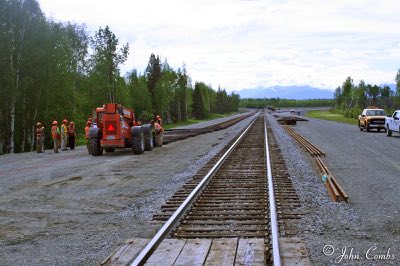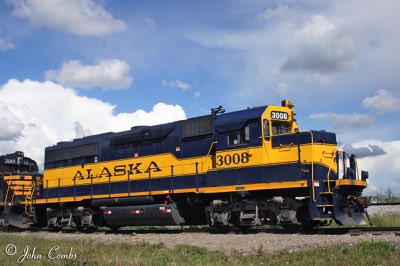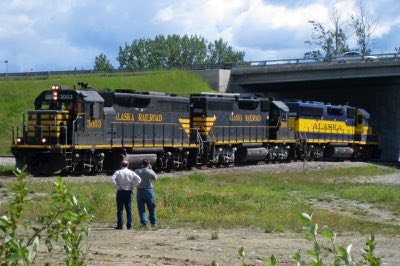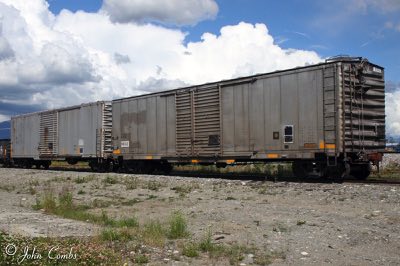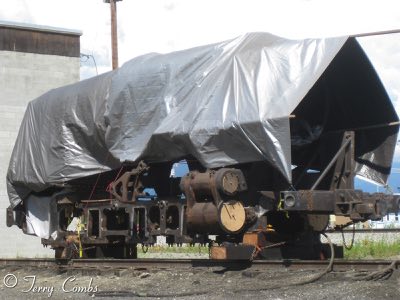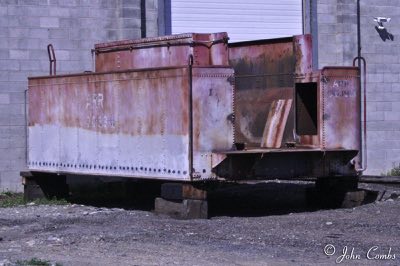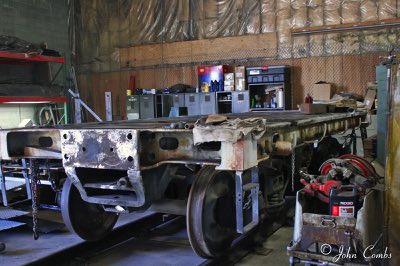Monday June 23, 2014

"The Port Mackenzie Rail Extension is a 32-mile rail line in the Susitna River valley. The rail line travels north from the port facility and connects to the existing rail system near Houston. The new rail line is an extension of the ARRC system, which currently connects ports in Seward, Whittier, and Anchorage with Interior Alaska, including Denali National Park, Fairbanks, and North Pole. The purpose of the Port MacKenzie rail extension project is to establish a rail link between Port MacKenzie and the Alaska Railroad, providing Port MacKenzie customers/shippers efficient rail transportation between the Port and Interior Alaska. The rail line would travel north from the port facility and connect to the existing rail system at a point near Houston." -- Port MacKenzie Rail Extension website.
Back in the day when I was in school the best learning experiences were field trips. Therefore, to learn and understand the Port MacKenzie Rail Extension I wanted to see and experience it for myself. The Alaska Railroad agreed to make the necessary connection.
Although I usually have blood pouring out of my eyes on a 6:45AM wake up call I was up and going when the alarm started screaming. Terry and I had a great breakfast and then picked up good friend Casey Durand. On the drive north we caught the northbound Denali Star as it crossed the Knik River bridge.
We arrived at the Port MacKenzie Project Office at 8:00 AM sharp and met our tour guide. He began by showing us a development map of the rail extension and talked about the importance of the project and its economic benefits for the state.
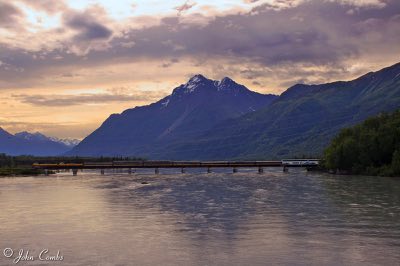 |
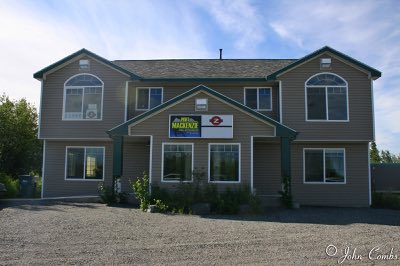 |
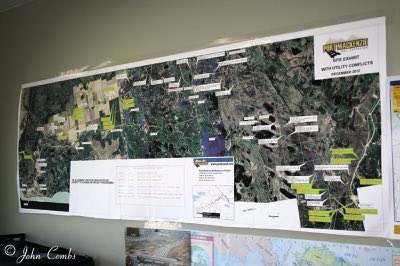 |
| Northbound Denali Star on the Knik River Bridge | Port MacKenzie Project Office | Port MacKenzie Rail Extension development map |
Port MacKenzie has a deep draft dock (60 feet at low tide) that requires no dredging and can serve the world’s largest ships (Panamax and Cape Class vessels). The port’s 8,940 upland acres and 1,300 tide-land acres provide ample room to accommodate bulk resource storage, transport and processing facilities, as well as rail and terminal facilities for efficient train loading and unloading.
Project Benefits include
- With the longest rail car loop in Alaska, the extension offers highly-efficient off-loading of bulk resources from train to ship.
- For Interior shippers, the new rail link shortens the distance to tidewater.
- Increased rail freight activity, and development stimulated by the rail link, would benefit railbelt communities through increased employment, contributions to the state and community tax base, and overall economic health
- With ample room for staging and assembling, Port MacKenzie is an ideal site for large construction projects, such as oil field modules or pipeline assembly.
Construction of the Port MacKenzie rail extension is divided into in eight segments, with work on three the segments (1, 3 and 6) in progress as of March 2013. Construction bids were awarded to Bristol Construction (Segments 1 and 4), Quality Asphalt Paving (Segment 3), and Granite Construction (Segment 6).
The entire project will have 110 culverts, 8 bridges, 5 communications towers, and 22 crossings for trail users/ATVs. Click here to view the Port MacKenzie Project Facts. Click here for the Surface Transportation Board's Environmental Review decision. [As of 11/28/16 there is a bid out for Port MacKenzie Rail extension Segment 2 Clearing.]
Our guide checked to ensure the Personal Protective Equipment (PPE) we wore was adequate and then headed out in his truck. Our first stop was near mainline milepost 174 at the wye and new siding. I had the same euphoric feeling I get after purchasing a new automobile. Everything was pristine, precise and pleasing to the eye.
Note for super smart railfans: "The Alaska Railroad Corporation (ARRC) is expanding their Centralized Traffic Control (CTC) system from the Pittman siding (MP 166.78) to the Kashwitna siding (MP 194.20). This work includes the new connection to the Port MacKenzie Rail Extension (PMRE) at Houston which is currently under construction. The project is located in and adjacent to the Alaska Railroad main line track between MP 173 and MP 176 near Houston, Alaska, approximately 13 miles north, northwest of Wasilla, Alaska and is the second phase of a larger project to connect Port MacKenzie to the Alaska Railroad mainline near Houston, Alaska." - State of Alaska Online Public Notices, Invitation to Bid
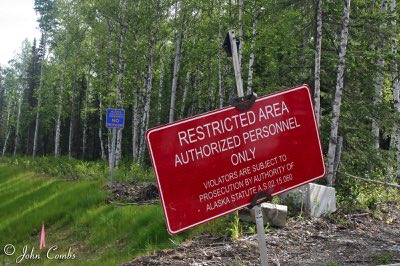 |
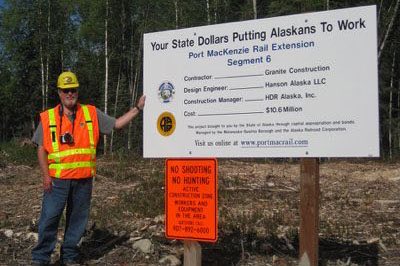 |
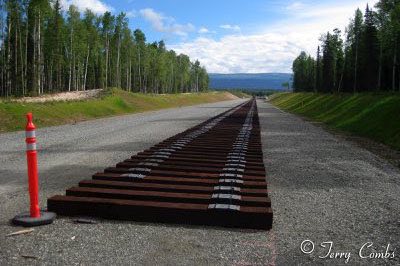 |
| This would make a great sign for my man cave. | Segment 6 - This segment begins at Miller’s Reach Road and ties into the ARRC Mainline near Houston without crossing the Parks Highway. The segment includes construction of approximately 1.8 miles of new railroad embankment, widening 2.9 miles of existing main line railroad embankment, and installing a new 118-foot railway bridge adjacent to an existing railway bridge over the Little Susitna River. This connection will facilitate the movement of trains both northbound and southbound in a Y configuration. | From Millers Reach Road looking east down the new wye |
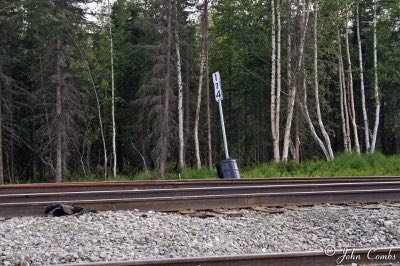 |
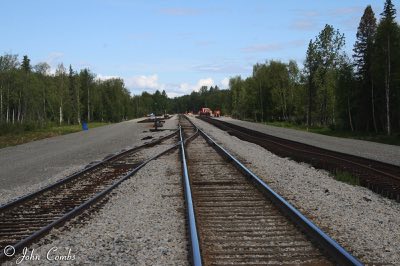 |
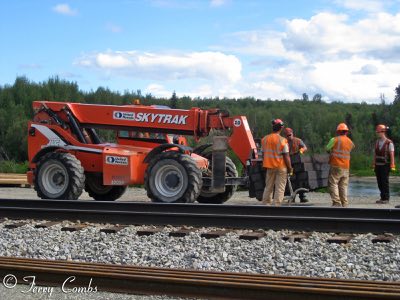 |
| Mainline milepost 174 | Wye, main and new siding | Workers laying wooden ties at north end of wye |
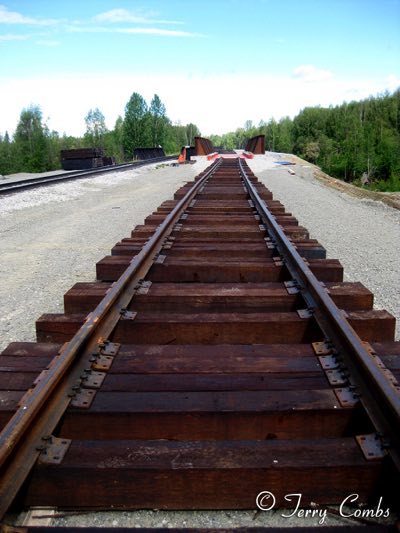 |
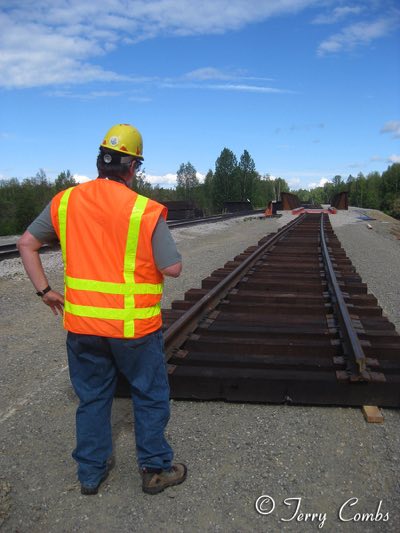 |
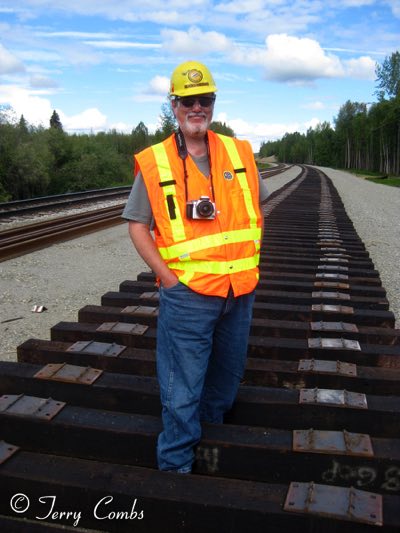 |
| New siding and bridge | Inspecting the work | Everything looks good to me! |
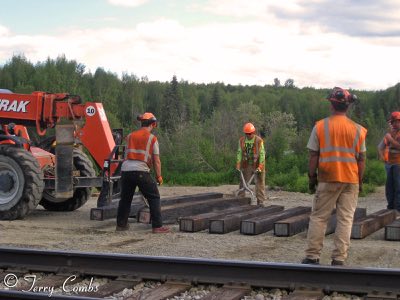 |
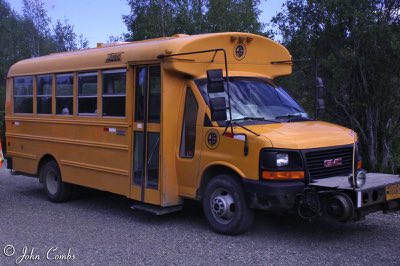 |
|
| Putting wooden ties in place | Main and new siding | Hy-rail school bus used to transport MOW workers |
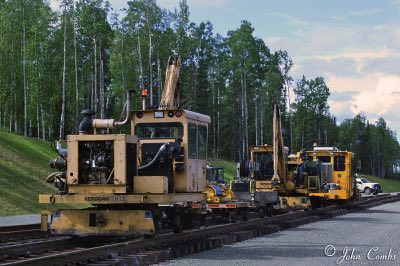 |
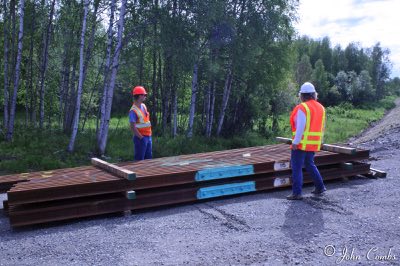 |
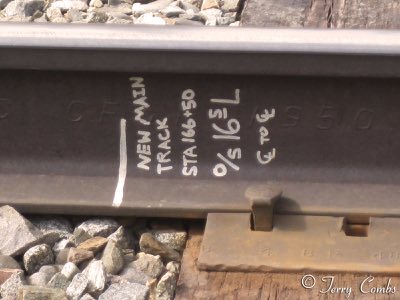 |
| Rail laying equipment | New rail in staging area | New main track |
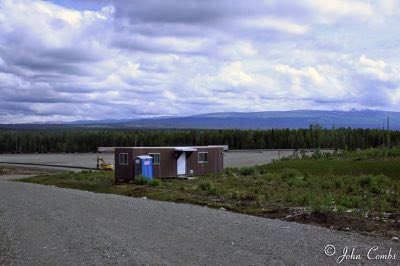 |
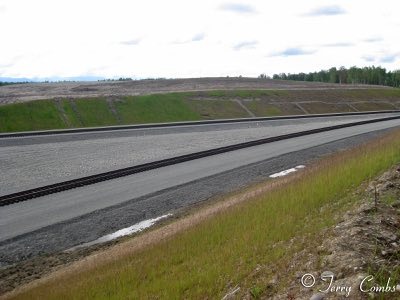 |
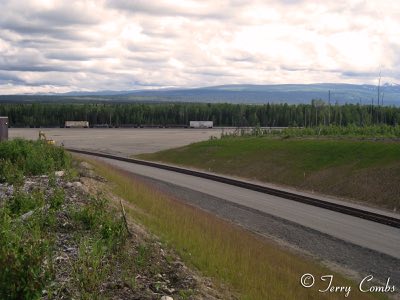 |
| Field office | Wye | North leg of wye and mainline in the distance |
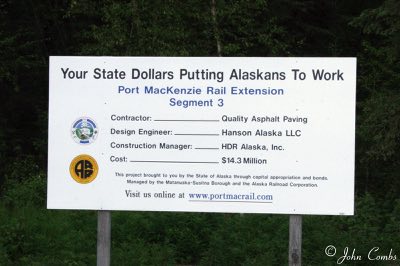 |
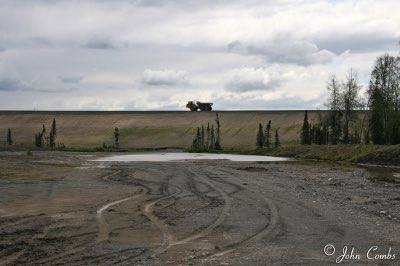 |
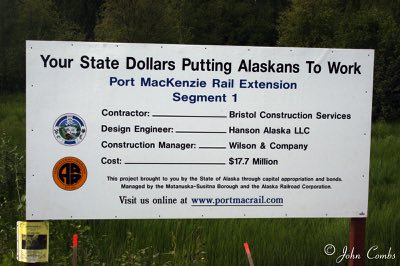 |
| Segment 3 - This 7.7-mile segment begins at the agricultural district boundary at MP K12.7 and continues north through an at-grade crossing of Ayrshire Avenue near the Guernsey Road/Ayrshire Avenue intersection. This segment continues northwest around the northeast end of My Lake, then curves back northeast, crossing the 5-span bridge at the outflow of Diamond Lake and the historic Iditarod Trail 3-span bridge. It intersects the Iditarod Race Trail 3-span bridge at MP K17.95, loops northwest and then northeast before heading straight north across the Susitna Parkway at-grade crossing, ending near Papoose Twins Road. | A 60-foot fill elevates the track in swampy areas. We saw lots of gravel trucks driving back and forth here. | Segment 1 - This 4.9-mile segment begins at the embankment of the Bi-Modal Bulk Facility (BMBF) of Port MacKenzie and proceeds northwest to a quarter mile south of Baker Farm Road, where it turns and heads directly north. It stops shortly after crossing the 3-span Baker Farm Bridge at MP (Milepost) K5.48. |
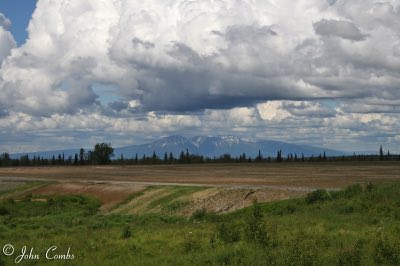 |
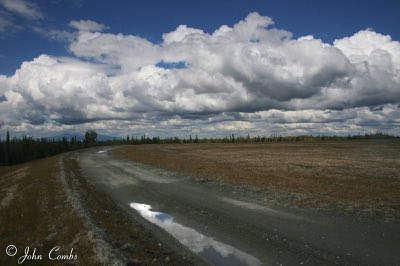 |
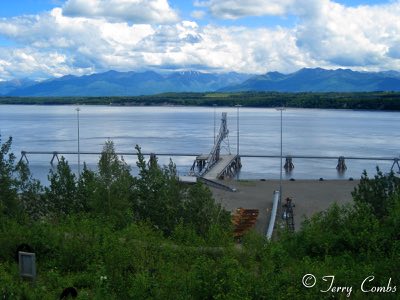 |
| Roadbed built and awaiting the laying of rail | This 110-rail-car loop will be the longest industrial loop in the State. Trains will off load materials and circle a mile around to north. Trains will not have to be broken apart. | NPI multi-commodity conveyor system at Port McKenzie. Click here to see a list of businesses utilizing the port. |
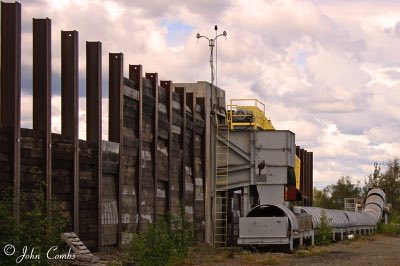 |
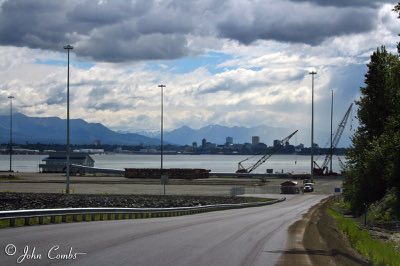 |
|
| NPI, LLC was the initial cornerstone business to lease land in the Port District. NPI built the multi-commodity conveyor system and began exporting wood chips in 2005 and in the process, docked the first commercial vessel in the Port’s short history. NPI exported wood chips to South Korea, Japan, and Taiwan until 2007. | Point MacKenzie Port is presently configured as a barge port; however, plans call for a bulk loading facility with deep-draft capability. |
Dream steam! After finishing our tour we headed to Wasilla to take a peak at the steam locomotive #557 restoration effort. As we arrived at the roundhouse a small consist pulled to a halt nearby. Well, I just had to ramble over and get a few photos. I was soon joined by an Alaska Railroad security agent who politely and professionally reminded me I was on railroad property. I introduced myself and he kindly accompanied me while I finished snapping photos.
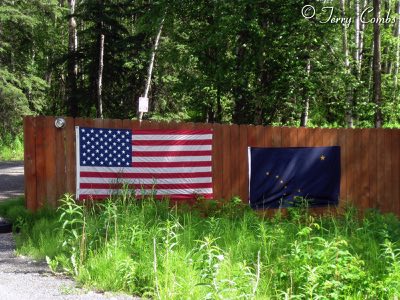 The rest of the day was spent in short, but important pursuits. Casey knew where Sarah Palin lived so we made a quick trip to see the exterior of the home. We loved the American and Alaska flags she had mounted on the exterior fence! As we were leaving a black SUV pulled up and partially blocked our path. We waited several minutes and since no one got out of the car we maneuvered around it and left. Secret Service?
The rest of the day was spent in short, but important pursuits. Casey knew where Sarah Palin lived so we made a quick trip to see the exterior of the home. We loved the American and Alaska flags she had mounted on the exterior fence! As we were leaving a black SUV pulled up and partially blocked our path. We waited several minutes and since no one got out of the car we maneuvered around it and left. Secret Service?
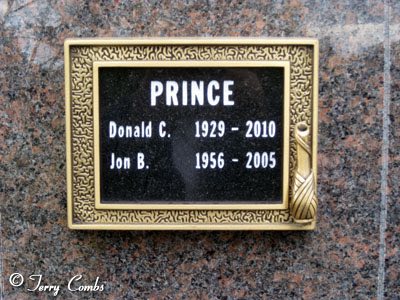 Next we stopped by #557's Chief Mechanical Officer's (CMO) house to pick up a CD of #557 photos and then to Pat Durand's house to get a thumb drive of his photos. As we drove Casey back to his home in Anchorage we caught a southbound train on the bridge. The photo I took looked pretty bad, but it served as a powerful reminder of a wonderful railfanning moment.
Next we stopped by #557's Chief Mechanical Officer's (CMO) house to pick up a CD of #557 photos and then to Pat Durand's house to get a thumb drive of his photos. As we drove Casey back to his home in Anchorage we caught a southbound train on the bridge. The photo I took looked pretty bad, but it served as a powerful reminder of a wonderful railfanning moment.
Over the years there have been many people who have been the wind beneath my wings for my website. One of the most important was Don Prince, a retired Alaska Railroad Yardmaster. Don opened up his home to me on so many occasions. He told stories, provided lodging, bought groceries, cooked meals (including beer batter halibut), loaned out his car, held retiree story nights and finagled countless tours and accesses. As Terry joined me on my trips she sometimes opted out on railfanning so she could play countless games of Cribbage with Don and tell stories and laugh. Don passed away in 2010. The news struck me like a heavy blow to the chest. I felt like I had lost a part of me. And in a way, I had. On this trip Terry and I made it a point to go to the cemetery and visit his grave. Seeing his plaque reinforced my connection to him. It also reminded we of the importance of spending time with those you love.
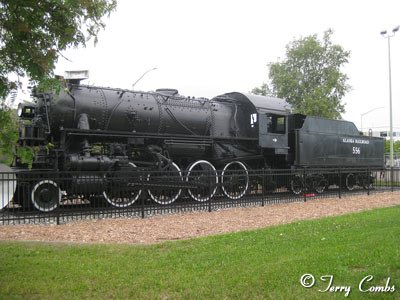 I took Terry to the City Diner so she too could experience the chrome, porcelain, flatware and 1950s feel. After a quick dinner as well as a healthy dose of ice cream we stopped by Delaney Park to visit Locomotive 556. In 2012 the Municipality of Anchorage received a grant for $250,000 to restore the locomotive to a safe condition, including asbestos abatement and site landscaping. Although children can no longer use the locomotive as a giant playground an adequate level of adequate safety had been achieved. I loved the results of the restoration effort and was pleased to find a geocache nearby. Our final stop of the day was Grizzly Gifts to pick up a few surprises for our children and well, ourselves.
I took Terry to the City Diner so she too could experience the chrome, porcelain, flatware and 1950s feel. After a quick dinner as well as a healthy dose of ice cream we stopped by Delaney Park to visit Locomotive 556. In 2012 the Municipality of Anchorage received a grant for $250,000 to restore the locomotive to a safe condition, including asbestos abatement and site landscaping. Although children can no longer use the locomotive as a giant playground an adequate level of adequate safety had been achieved. I loved the results of the restoration effort and was pleased to find a geocache nearby. Our final stop of the day was Grizzly Gifts to pick up a few surprises for our children and well, ourselves.
